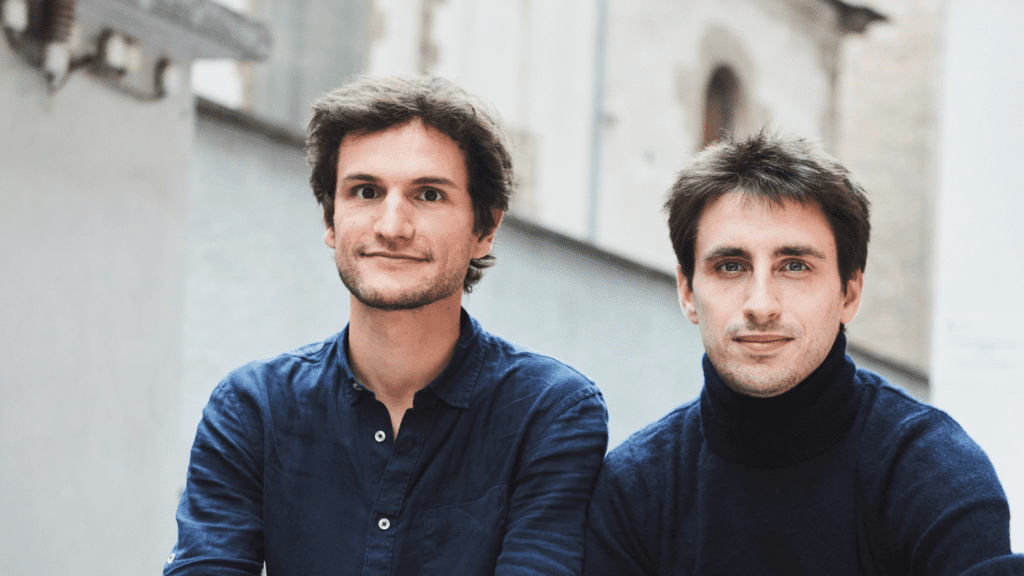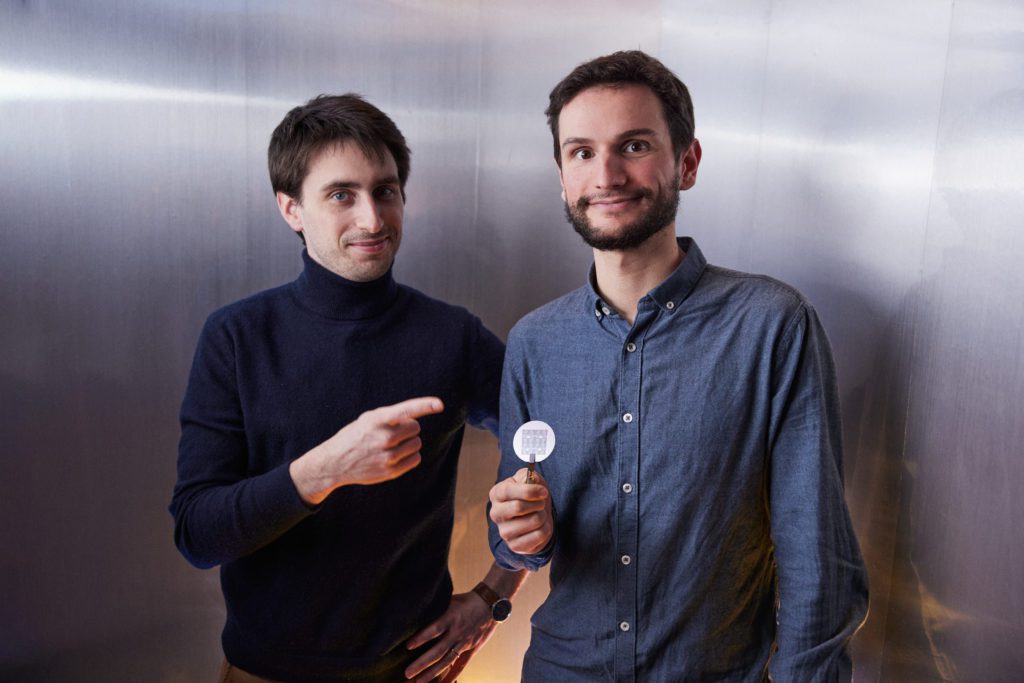Alice & Bob
the story

Quantum technologies are still in their infancy but promise to revolutionise information technology in the 21st century by performing calculations thought to be beyond the ability of today’s largest and fastest supercomputers.
Capable of rapidly solving complex problems involving large numbers of variables and potential outcomes, quantum computers will become a catalyst for progress in many key areas of industry. They can be used to sort through massive amounts of data to speeding up analysis and innovation, to simulate complex interactions in the fields of chemistry, biology, health, to solve optimisation problems in infrastructure and logistics or to create new, more reliable computational models to better analyse and predict performance or risk in financial fields.
Even areas that are already technologically advanced such as artificial intelligence and machine learning will most likely be revolutionised by the introduction of quantum computing.
If the long-awaited arrival of these game-changing computers could be said to be imminent, progress has so far been impeded by persisting quantum errors that have considerably limited the impact of the first prototypes and remain the main obstacle to their widespread development. Enter Alice&Bob.
Introducing Alice&Bob.
Théau Peronnin & Raphaël Lescanne, two young quantum physics doctors, met back in 2016 at one of France’s most prestigious graduate schools, ENS (École normale supérieure based in Paris and Lyon).
Both were PhD students in the ENS Quantum circuit group, a research group dedicated to exploring the physics of information in quantum devices by designing, testing and measuring quantum machines.
Tasked with exploring error reduction margins in quantum computers, Théau worked on modular architecture (connecting separate quantum systems within a network) and Raphaël on the very first prototype of an innovative superconducting microwave quantum bit: Schrödinger’s cat qubit. Quantum bits or qubits as they are known, are atoms, ions, photons or electrons and the devices that control them, that work together to act as computer memory and a processor. The cat qubit developed by Alice&Bob (a reference to quantum physicist Schrödinger’s “cat state”), is unique insofar that it both simplifies the design of the quantum machine relying on a very different architecture, and more importantly, remains insensitive to one of two types of quantum errors therefore greatly reducing their occurrence. IBM and Google’s quantum machine prototypes also rely upon a superconducting qubit (a well know qubit called a Transmon), but unlike Alice&Bob’s cat qubit, they are far more sensitive to errors.
Why Alice&Bob?



Realising that developed further, their cat qubit had the potential to speed up the development of the world’s very first fault-tolerant quantum computer, Théau and Raphaël felt compelled to act. It was a now or never scenario.
With a team composed of top quantum physicists and engineers from INRIA, ENS Paris, Mines ParisTech and the help of ENS Lyon and CEA, Théau and Raphaël possessed the necessary academic support. Competing in a race to produce the world’s first error-free quantum computer with powerful tech competitors like Google, IBM or Amazon, however, requires not only world-class expertise but cash.
In February 2019, after reading up on startup models and discussing with associations such as SATT and Deeptech founders – although light years away from their usual world – Théau and Raphaël came up with the idea of founding a startup with their ten person team and using venture capital money to fund the development of their cat qubit. Enter Breega.
Why Breega?
In the VC world who you know can sometimes be as important as what you know. So it was that in the Autumn of 2019, Théau’s brother who works in private equity, introduced Théau and Raphaël to one of Breega’s LPs who in turn introduced the pair to our Breega Co-Rounder and Partner, Maximilien Bacot, and Principal, Victor Drault.
Breega agreed to invest 3 Million euros in the quantum physics startup, alongside Elaia. Théau says:
“Despite being outside of their usual investment zone, we chose because of their strong entrepreneurial mindset. We felt that it would be a real asset in helping my co-founder and I transition from pure scientists into entrepreneurs”.
Maximilen says:
“Investing in a quantum physics startup was a first for us but we instantly recognised the scale and importance of Théau and Raphaël’s work which promises to change the world of IT as we know it. They are Pioneers in their field. Thanks to their efforts, the first error-free quantum computer could see the light of day within a few years instead of the decade initially imagined. We’re proud to be part of such an exciting adventure”.
For Théau and Raphaël, succeeding in their mission means that they will have achieved far more than the founding of a flourishing business. Théau says:
“Faced with unprecedented ecological disaster, either we slow down our economic growth or we greatly accelerate our technological capabilities. Amongst its many uses, a universal, error-corrected quantum computer can also be used to model, test and build solutions that could help tackle climate change quickly”.
So what is next for Alice&Bob ? According to Théau, if all goes to plan towards the end of next year, they should be able to gather their cat qubits together to create their universal quantum computer which will then have to be tested in a series of domaines to ensure it works.
To help them achieve their goal, Alice&Bob are hoping to grow their team from 17 to 25 people by year-end, mostly with major talents in quantum physics and software engineering.
Breega are looking forward to accompanying them as they progress on their world and life-altering journey to win the race to produce the world’s very first error-corrected quantum computer.